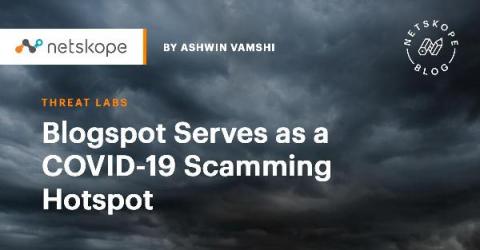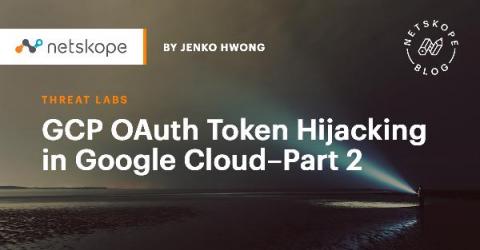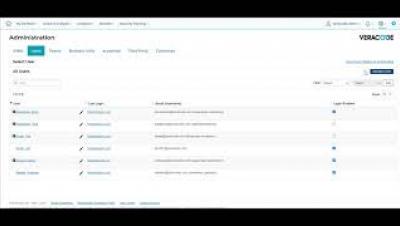Lookout and AT&T delivering advanced security as part of AT&T rate plans
At Lookout, our mission has always been to make the mobile experience as secure as possible for customers. We’re proud to collaborate with AT&T to power and deliver the AT&T Mobile Security solution.










